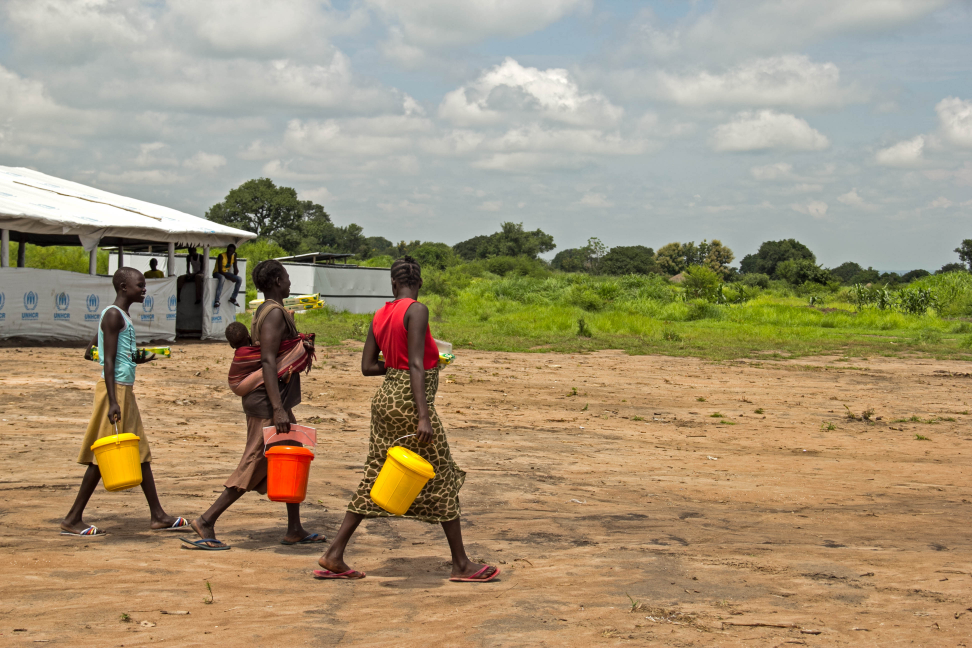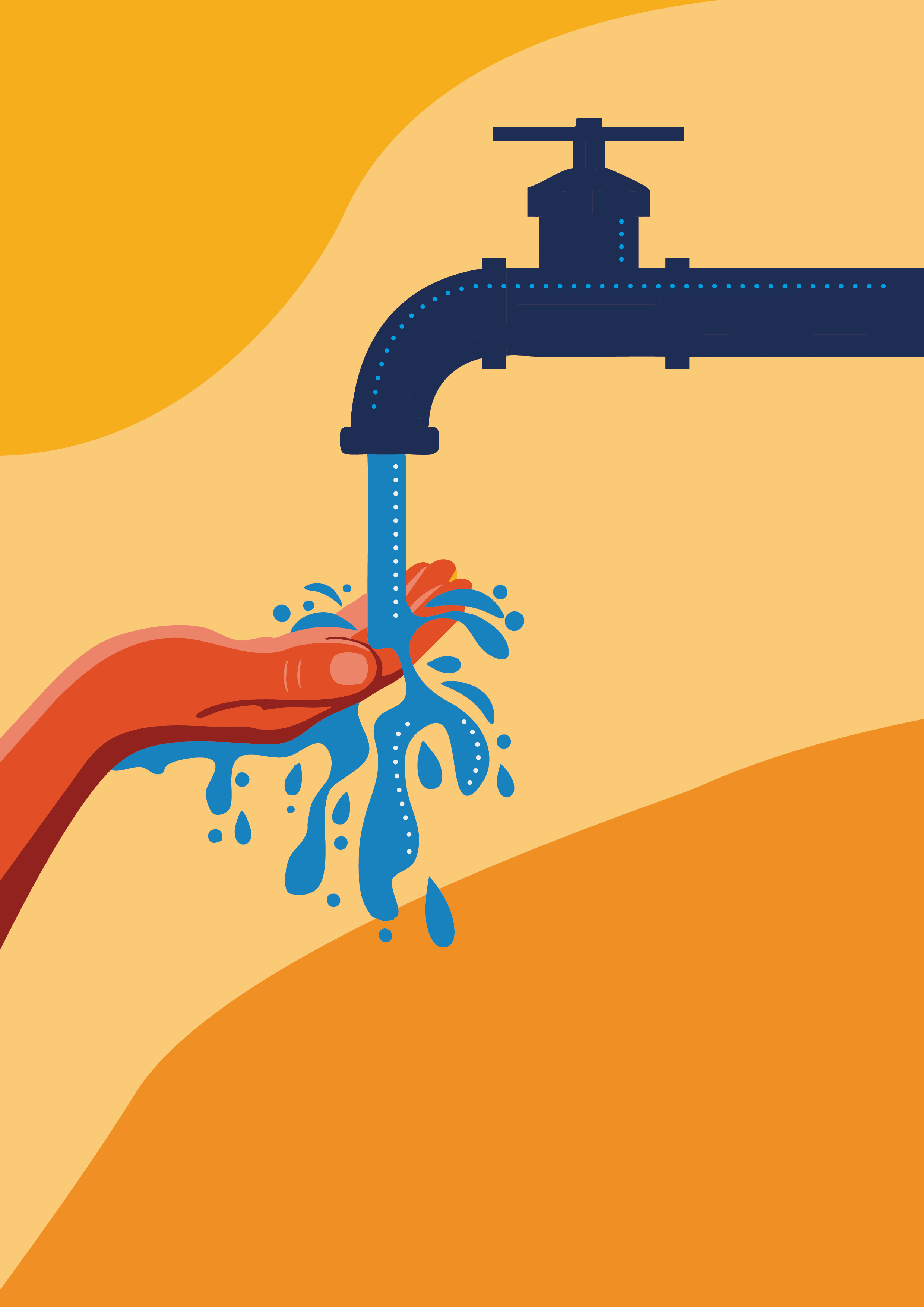Can crisis mapping in CAR also bridge the gap between humanitarians and local media?

I was in Bangui a few weeks ago to work on the Monitoring & Evaluation plan for the Internews’ project Integrating Local Media and ICTs into Humanitarian Response in CAR.
It was great to be back in Bangui after my previous 6-month stint in CAR in 2009-2010 (see this video about my previous research work in CAR), and the project I am working with JP, my local M&E counterpart, has already offered some interesting insights on the situation on the ground -particularly with regard to the existing relationship between humanitarian organizations and local media.
Our initial findings on the humanitarian-local media relationship might be familiar to those looking at this relationship in other contexts, not for many others, but they are definitely worth documenting again.
The first evaluation we just completed was designed to explore two crosscutting themes: (1) the perception of the information environment in general, and local radios specifically, and (2) the interaction between affected communities, media, and humanitarian organisations.
The final report (click here to download a copy), based on 17 interviews with humanitarians and 26 interviews with local reporters, documents many things, but perhaps most starkly reflects a longstanding distrust between humanitarian organizations and the local media – one that may be hindering access to information and communication platforms for affected populations and undermining their right to know, ask questions and participate.
Media: Lack of credibility For humanitarians, the local media environment is bleak. There are just a handful of media in CAR, and while community radios are emerging throughout the country, most media remain predominantly in Bangui. Throughout the baseline consultation, humanitarians emphasized the “lack of credibility” and spread of “unverified information” in the media, the “biases,” and the “lack of depth and analysis” in reporting. They also pointed to the “monetization” of news coverage, with coverage being basically bought (if not fully produced) by humanitarians. More than half of those interviewed rated the media as either “poor” or “very poor.”
Journalists on the other hand admitted that their lack of resources was an impediment to conducting basic fact-checking and verification, but they also emphasized the “lack of responsiveness of humanitarians” when requesting interviews or information as a key challenge in their news gathering.
“They [humanitarians] are only interested in their own publicity, but fear critical coverage”
Over half the journalists consulted identified the “lack of responsiveness and willingness to communicate on the side of the humanitarians” as the main constraint to working more closely with humanitarian agencies. According to journalists, when humanitarians contact them, it is mostly to get coverage of specific events or conduct awareness campaigns. As one journalist puts it: “They are only interested in their own publicity, but fear critical coverage”.
Interestingly, however, 16 of the 26 journalists interviewed nonetheless listed humanitarians agencies as among their key sources of information. The sentiment was not reciprocated, with humanitarians saying they primarily rely on information from communities, collected through their own projects.
Though it wasn’t the original goal, it seems Internews’ innovative project may turn out to be as much about “reconciliation” and “bridging the gap” between its key actors, humanitarians and the media, as it is about putting affected communities at the core of it.
Ultimately, the success of this project will depend on journalists’ ability to deliver information that is deemed accurate, relevant, useful, reliable and timely. This will require, according to the humanitarians, for them to demonstrate more professionalism and reliability. It will also require humanitarians to proactively engage more with local media, become a more responsive partner and trust them as a source of information.
The launch of a regular forum between journalists and humanitarians – the new Humanitarian Crisis Map for CAR, core to this project – is already generating more open and frank discussion and information sharing than ever before.
In the coming weeks, we will continue to discuss information collected from the media, humanitarians and the affected communities, starting with the results of a short survey conducted by my colleague JP among the population in Obo.
More on that survey in future blog posts!
Dr. Patrick Vinck Ph.D.[email protected](link sends e-mail)External evaluator of the Internews project in CAR Research Scientist at the Harvard School of Public Health and Associate Faculty with the Harvard Humanitarian Initiative (HHI)
Stay updated
Sign up for our newsletter to receive regular updates on resources, news, and insights like this. Don’t miss out on important information that can help you stay informed and engaged.
Related articles
.png)


Explore Elrha
Learn more about our mission, the organisations we support, and the resources we provide to drive research and innovation in humanitarian response.